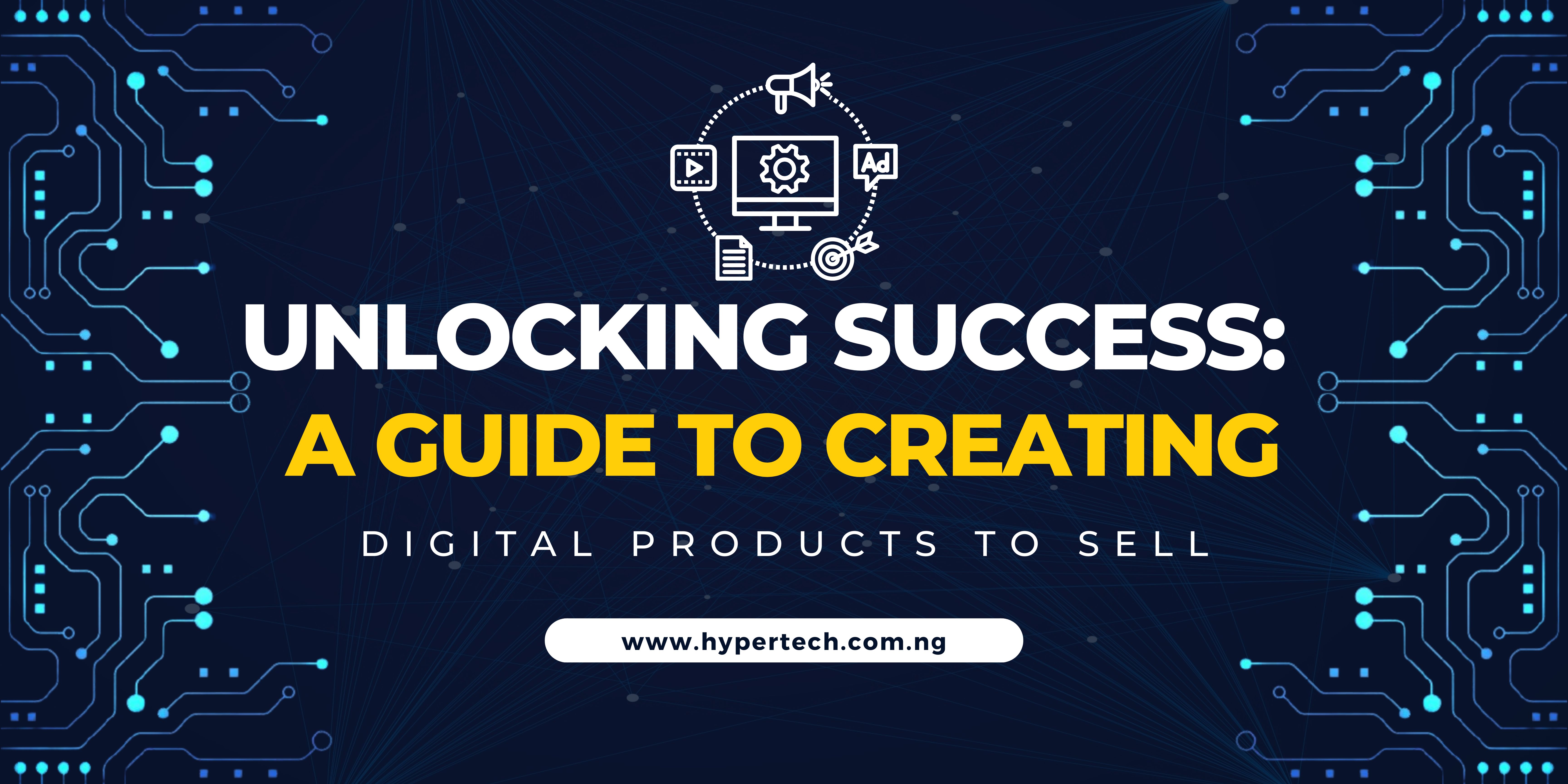In today's fast-paced digital landscape, creating and selling digital products has emerged as a lucrative avenue for entrepreneurs, solopreneurs, and businesses alike. Leveraging the power of the internet, anyone can convert their expertise, creativity, or unique ideas into profitable digital products. Whether you're a seasoned creator or just starting, this comprehensive guide will walk you through the process of conceptualizing, developing, and successfully marketing digital products.
Understanding the Digital Product Landscape
Digital products have evolved significantly over the years. From the early days of simple PDF guides and downloadable content, they now encompass a wide range of offerings.
What Defines a Digital Product?
Before delving into the creation process, let's define what constitutes a digital product. These are intangible goods or services sold online, ranging from ebooks, online courses, software, templates, to digital artwork, among others. They are created once and can be sold repeatedly, making them a scalable and potentially passive income source.
Identifying Your Niche and Audience
The key to a successful digital product lies in identifying a niche that aligns with your expertise and resonates with a specific audience. Conduct market research, analyze trends, and understand your target audience's pain points to tailor your product effectively.
Steps to Creating Digital Products
1. Idea Generation
Brainstorm potential product ideas based on your expertise, passions, or areas with market demand. Validate these ideas by seeking feedback from your audience or conducting surveys to gauge interest.
2. Planning and Research
Develop a detailed plan outlining the product's scope, features, and timeline. Conduct thorough research to ensure your product stands out in the market. Analyze competitors to understand their strengths and weaknesses, allowing you to position your product uniquely.
3. Content Creation or Development
Based on your plan, start creating the core content of your digital product. Whether it's writing an ebook, recording video lessons, or designing software, maintain high quality and relevance to meet your audience's expectations.
4. Design and Packaging
Invest time in the visual appeal and packaging of your digital product. A well-designed cover for an ebook, an intuitive user interface for software, or visually engaging course materials can significantly impact sales.
5. Testing and Refinement
Before launch, conduct thorough testing to ensure functionality, usability, and overall user experience. Gather feedback from beta testers or a small focus group and iterate based on their suggestions.
6. Pricing Strategy
Determine a pricing strategy that reflects the value of your digital product. Consider factors like production costs, market demand, and perceived value by your audience. Offer tiered pricing or discounts to attract a wider customer base.
Marketing and Selling Your Digital Product
1. Building an Online Presence
Establish a strong online presence through a dedicated website, social media channels, and content marketing. Leverage SEO techniques to increase visibility and drive organic traffic to your product pages.
2. Content Marketing and Lead Generation
Create valuable content—blog posts, videos, podcasts—that showcases your expertise and indirectly promotes your digital product. Use lead magnets like free guides or webinars to capture email addresses and nurture potential customers.
3. Leveraging Social Media and Influencers
Utilize various social media platforms to engage with your audience. Collaborate with influencers or partners in your niche to amplify your product's reach and credibility.
4. Email Marketing Campaigns
Develop targeted email marketing campaigns to reach potential customers, inform them about your product's benefits, and entice them with special offers or discounts.
Types of Digital Products
Digital products span a wide spectrum, catering to diverse consumer needs. Consider exploring various formats such as:
1. Ebooks and Guides: Dive into detailed topics catering to niche audiences.
2. Online Courses: Share your expertise through structured learning modules.
3. Software and Tools: Develop applications addressing specific problems.
4. Design Templates: Offer customizable designs for graphics, websites, or presentations.
5. Media and Entertainment: Music, videos, or digital art for entertainment or educational purposes.
6. Subscription Services: Membership sites providing exclusive content or services.
Market Research Techniques
Unveil market demands through techniques like keyword research, competitor analysis, and surveys. Tools like Google Trends, SEMrush, or surveys through platforms like SurveyMonkey can offer invaluable insights into market gaps and audience preferences.
Steps to Creating Digital Products
Content Creation & Optimization
Ensure your content is both valuable and optimized for search engines. Incorporate relevant keywords organically into titles, descriptions, and metadata. For instance, in an ebook, strategically place keywords in the title, subtitle, and chapter headings.
Prototyping & Iterative Development
Prototyping isn't limited to software. Even for content-based products, create outlines or sample chapters for feedback. Iterative development allows for continuous improvement based on audience input.
Marketing and Selling Your Digital Product
SEO & Content Strategy
Craft SEO-optimized content around your product. Blog posts, landing pages, and video content should align with relevant keywords, answering user queries, and driving organic traffic to your product.
Influencer Collaborations & Partnerships
Identify influencers or industry experts whose audience aligns with your target market. Collaborate for reviews, endorsements, or joint ventures, amplifying your product's visibility and credibility.
Email Automation & Funnels
Implement email sequences using automation tools like Mailchimp or ConvertKit. Set up sales funnels directing potential customers from awareness to purchase, offering value at each stage.
Driving Success with Your Digital Products
Creating and selling digital products is a dynamic process that demands continuous innovation and adaptation. By understanding your audience, delivering high-quality products, and implementing effective marketing strategies, you can unlock immense potential in the digital marketplace.
Start your journey today, and transform your expertise and creativity into profitable digital assets. Remember, persistence, creativity, and adaptability are the keys to thriving in this ever-evolving landscape of digital product creation and sales.

